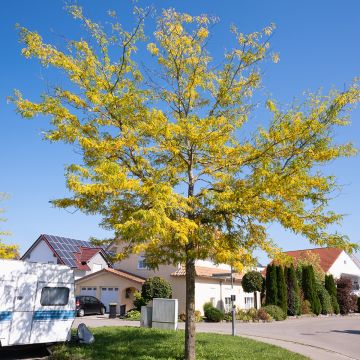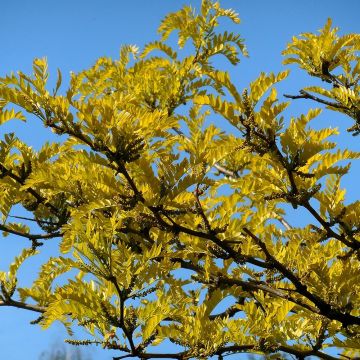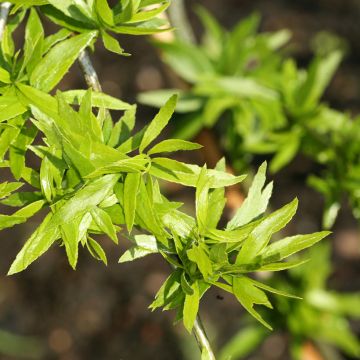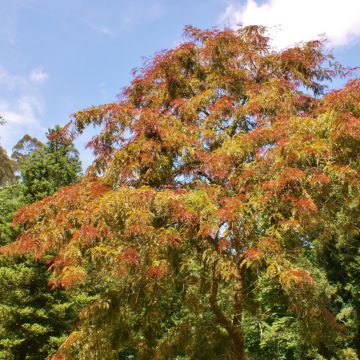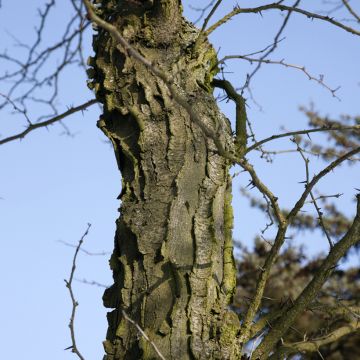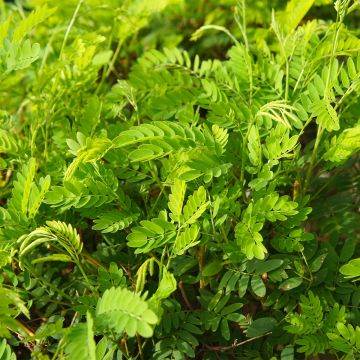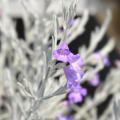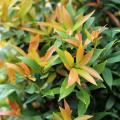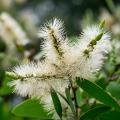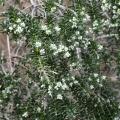Gleditsia - Honey Locust
Would this plant suit my garden? Set up your Plantfit profile →
Available in 3 sizes
Available in 1 sizes
Available in 2 sizes
Available in 1 sizes
Available in 1 sizes
Available in 1 sizes
Available in 1 sizes
Available in 1 sizes
Available in 1 sizes
Available in 1 sizes
Gleditsia or American Honey Locust, in Latin Gleditsia triacanthos, is a small tree or large deciduous bush that captivates with its finely cut foliage, often colourful, its light umbrella-like habit, and its decorative mahogany pod-shaped fruits. It is a tree from the Fabaceae family, extremely robust, frequently very spiny, and can be grown in all regions.
Gleditsia is native to regions located in central areas of the United States, from north to south. The genus comprises about a dozen species, but only the species triacanthos is cultivated for ornamental purposes, or for its edible fruits comparable to carob. The American Locust finds its way into our gardens in its thornless form (Gleditsia triacanthos ssp Inermis) and its cultivars with golden foliage (Sunburst), or bronze or red foliage (Rubylace), which have great decorative value. The shiny, finely cut foliage resembles fern fronds. It takes on beautiful colours in autumn and falls early in the season. The Gleditsia reaches up to 10 m (33ft) in height and occupies about 8m (26ft) in width, making it suitable for ornamenting medium to large gardens. It tolerates limestone and withstands cold temperatures (-15°C), and summer drought once established. It can be planted alone or in rows. When pruned, the spiny individuals form very effective defensive hedges.
Haven't found what you were looking for?







































